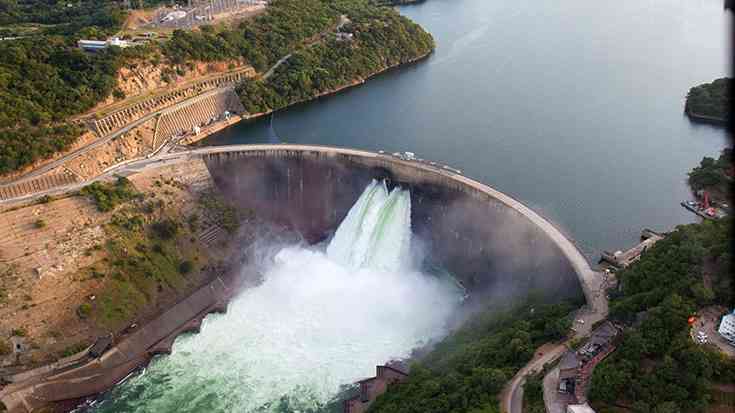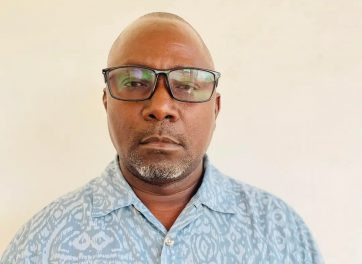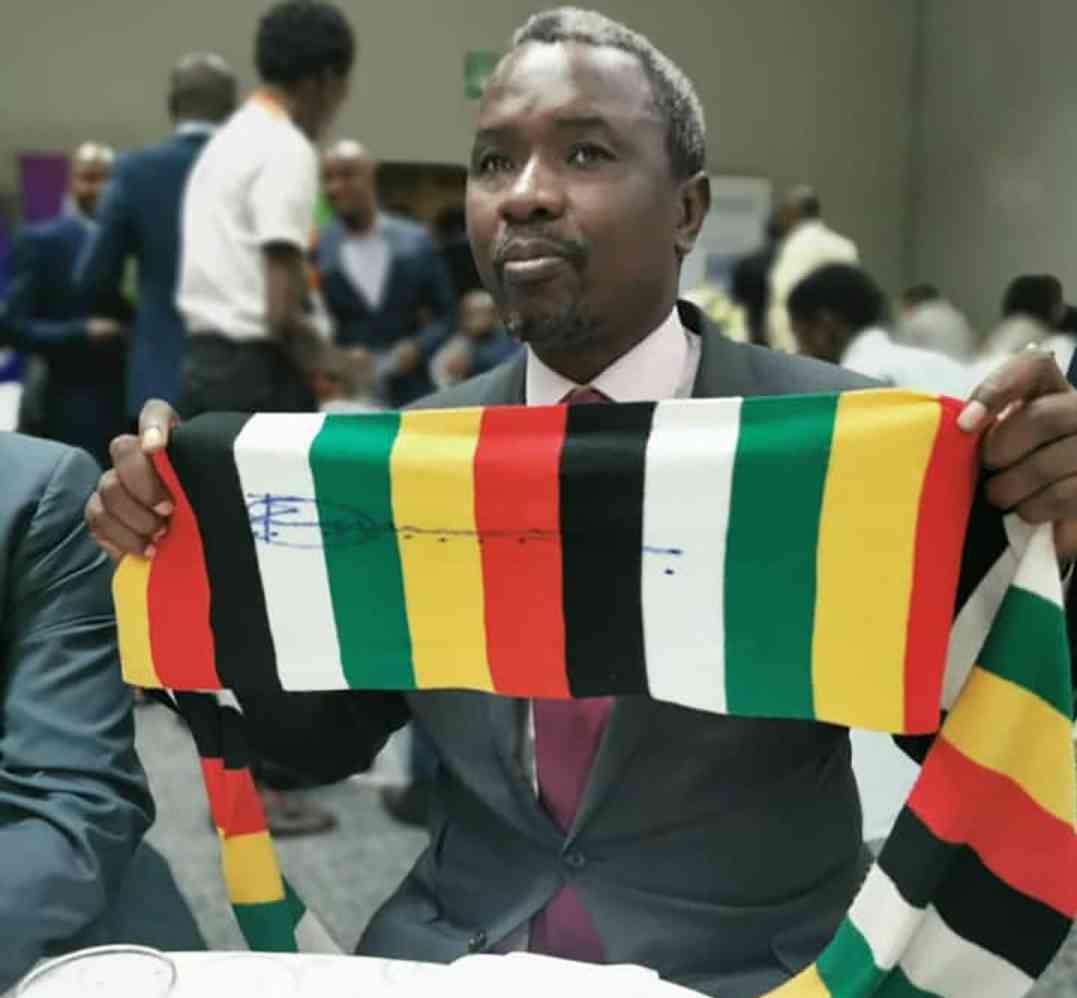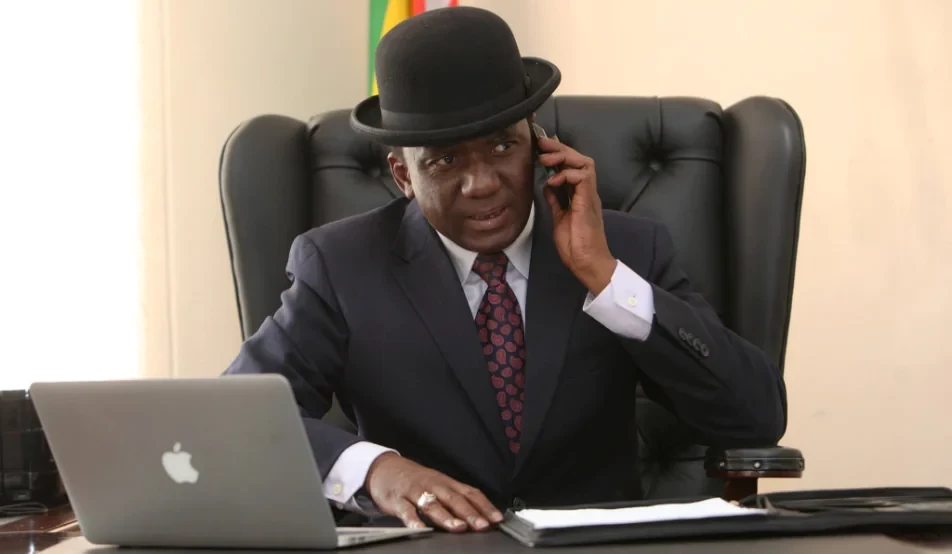
HYDROLOGICAL challenges at the Kariba South Hydroelectrical Power Station have resulted in a loss of 800 megawatts leading to the current power supply crisis in Zimbabwe, Energy and Power Development minister Edgar Moyo has said.
Moyo revealed this in Parliament last week while responding to questions from legislators on the electricity situation in the country.
Lake Kariba is designed to operate between levels 475,50m and 488,50m, with 0,70m freeboard, for hydropower generation.
However, according to the Zambezi River Authority (ZRA), the lake level as at June 20 this year was at 477,31m compared to 479,92m last year.
The usable live storage, for power generation, according to ZRA, also stood at 12,54% compared to 31,23% in 2023, with the usable live storage volume at 8,12 billion cubic metres (BCM) compared to 20,23 BCM last year.
The country is currently enduring rolling power outages lasting over 12 hours on some days.
“The issue of power supply in the country is heavily affected by hydrological issues in Lake Kariba, where we have lost over 800 megawatts.
“The stored capacity at Kariba is 1 050 megawatts and we are only able to produce 214 megawatts on average because of the water rationing which has resulted out of low inflows in the lake.
- Need for transparency on The fears of the Hlengwe-Xangani ethnic group commonly referred to as the Chilonga community are not unfounded issue
- Need for transparency on The fears of the Hlengwe-Xangani ethnic group commonly referred to as the Chilonga community are not unfounded issue
- EU project brings relief to Mwenezi cattle farmers
- Mnangagwa loyalists suffer major blow
Keep Reading
“On that perspective, after losing over 800 megawatts, it makes it very difficult to sufficiently supply power in the country,” Moyo said.
He said the government had, however, come up with measures to ensure that power supply at least is able to make the country function, one of which was the commissioning of Hwange Thermal Plant Units 7 and 8, which produce 600 megawatts on a daily basis and those two units are very efficient.
“We also have Units 1 to 6, where we have 4 units in operation and they are producing an average of 300 megawatts. Some of those units are not very reliable and we have come up with a mechanism to constantly repair them,” he said.
Moyo said they were doing a lot of maintenance work on those units so that they can be as efficient as possible, adding that government was banking on independent power producers (IPPs) to cover the shortfall.
The Zimbabwe Energy Regulatory Authority has licensed more than 100 small IPP projects in the past five years with capacity to produce a combined 1 300 megawatts, but a majority of them remain non-operational.
“The other measures that we have put in place include renewable energy, efforts where we have given licences to a number of IPPs which are developing own projects,” he said.
The acute power cuts have forced some business entities to scale down operations, with others temporarily laying off staff.











